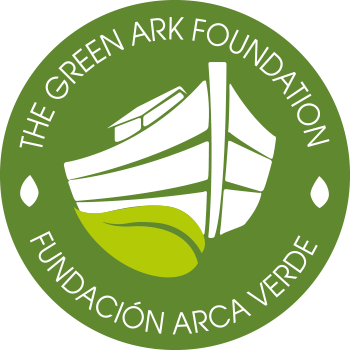Costa Rica
Costa Rica is a small country of just over 51,000 square kilometers, located in Central America between Panama and Nicaragua with a unique biodiversity per square kilometer. The Talamanca mountain range, divides the country in two, with the highest mountain peaks in southern Central America. On both sides, in the lower parts, it drifts into the plains of the Caribbean to the North, and the lowlands of the Pacific to the South. The Central Valley, where various micro climates meet, is also bordered by a Central Volcanic Mountain Range.
The country’s dramatic topography and interesting geography make for unparalleled microclimates and landscapes. It is possible in a 2 hours’ drive to go from the dry North Pacific plains to the cloud forests of the Guanacaste mountain range, and then back down to the humid plains of the Caribbean. In the lowlands it is possible to see impenetrable jungles, gushing rivers, and large areas of wetlands. This unique range of climate, humidity and temperature makes Costas Rica the country with the highest biodiversity per square kilometer on the planet.
Richness of species
This climatic diversity makes for an abundance of species of plants and animals. The number of orchids, bromeliads and other native plant species is so vast that, to date, not all of the country’s plant species have been recorded and botanists from around the world spend years studying known species as well as identifying new ones. A visit to the rainforests of the Caribbean, the South Pacific and dry forest of the North Pacific as well as the cloud forests of Monteverde, Talamanca reveals a fantastic diversity of species from the fascinating world of botany.
